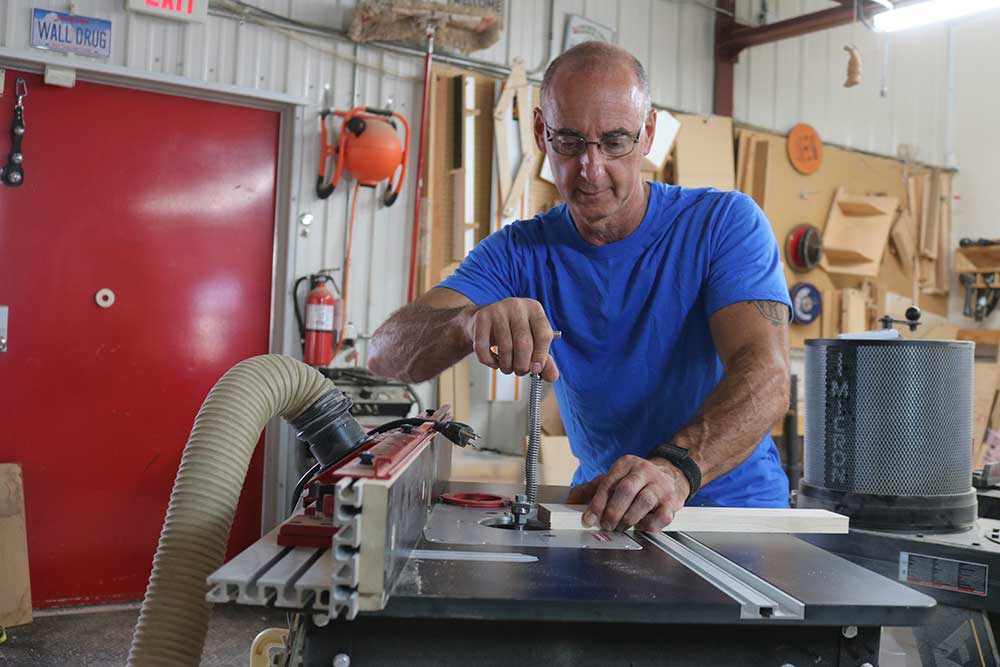
Why George Loves Combination Squares
George VondriskaThere are a handful of tools in the shop that I use nearly every day. A combination square is one of them. These are such versatile tools. I love that you can interchange the heads for different functions, getting even more mileage out of a nearly indispensable tool. Round stock, angles, marking and measuring. The combination square provides one-stop-shopping for all these tasks, and more.
The combination square’s back story
The combination square was invented in the 1860s, and was originally considered a tool for engineers and architects. Today it has found its way into wood and metal shops, onto construction sites, and into the hands of nearly anyone who needs to mark, measure or lay out lines. You may find that some people call it an adjustable square or even a bevel protractor. For me, combination square is the best all-encompassing name, thanks to the variety of functions this tool can perform.
George’s square
The combination square used in this video was made by iGaging, and is available on Amazon. It comes with all the heads you saw here.
We’re here to help in your shop
There’s nothing like having a knowledgeable buddy available to help you in the shop when you need it. In addition to tool buying advice like we’ve provided here, WoodWorkers Guild of America has more shop tips that are sure to help you with your next project. We’re ready to be the buddy you can call on any time of day or night.
Share tips, start a discussion or ask one of our experts or other students a question.
Already a member? Sign in
3 Responses to “Why George Loves Combination Squares”
Explore videos by George Vondriska
You may be interested in
Premium Membership
Unlock exclusive member content from our industry experts.
- 24/7 Access to Premium Woodworking Videos, Projects, and Tips
- Step-by-Step Instructional Demos, Plans, and Tutorials
- 50% Off Video Downloads Purchased in the Woodworkers Guild of America Shop
- 2 Printable Woodworking Plans
Unlock exclusive member content from our industry experts.
- 24/7 Access to Premium Woodworking Videos, Projects, and Tips
- Step-by-Step Instructional Demos, Plans, and Tutorials
- 50% Off Video Downloads Purchased in the Woodworkers Guild of America Shop
- 2 Full-Length Video Downloads to Watch Offline
- 2 Printable Woodworking Plans
Gold Membership
$370 Value
Get everything included in Premium plus exclusive Gold Membership benefits.
- 24/7 Access to Premium Woodworking Videos, Projects, and Tips
- Step-by-Step Instructional Demos, Plans, and Tutorials
- 8 Full-Length Video Downloads to Watch Offline
- 3 Full-Length Woodworking Classes to Keep for Life
- 7 Printable Woodworking Plans
- Discounts on Purchase-to-Own Content in the Woodworkers Guild of America Shop
- Access to Ask the Expert Program
- Exclusive GOLD LIVE Streaming Events
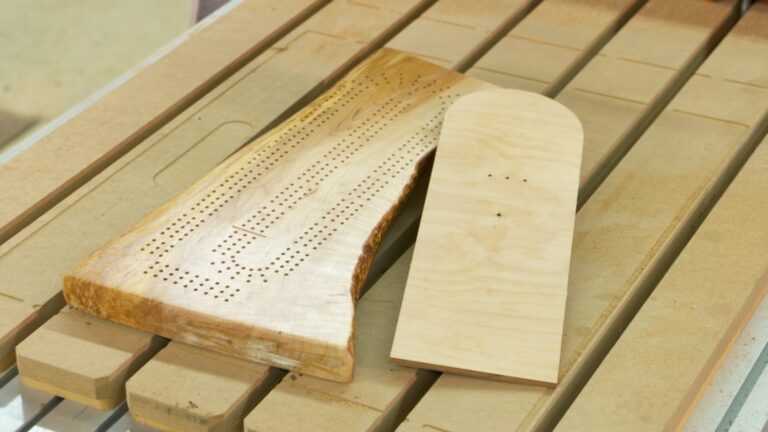
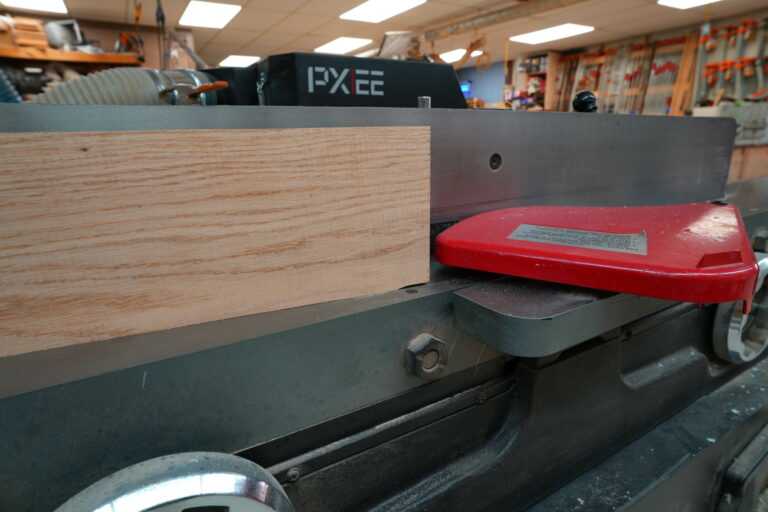
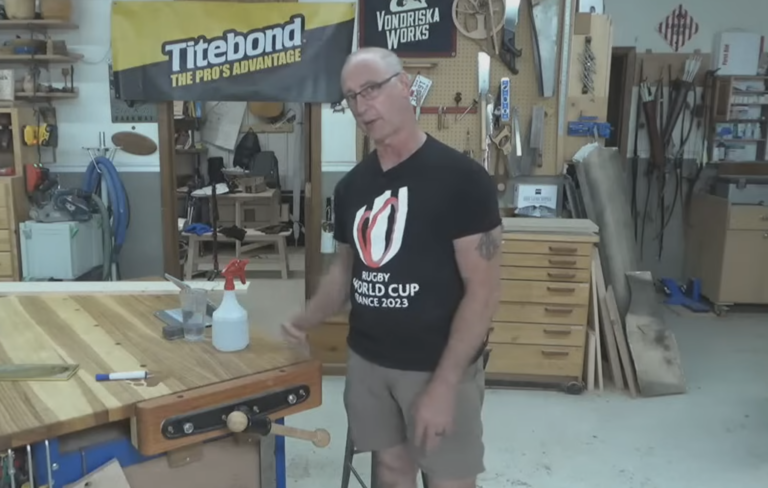
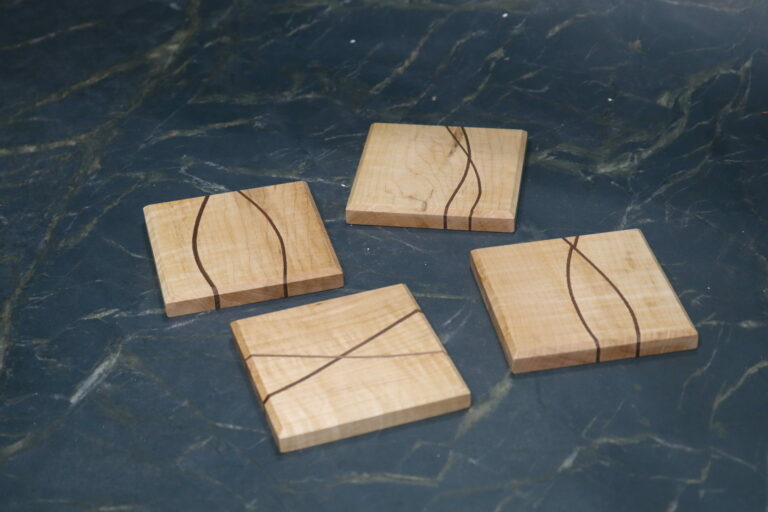
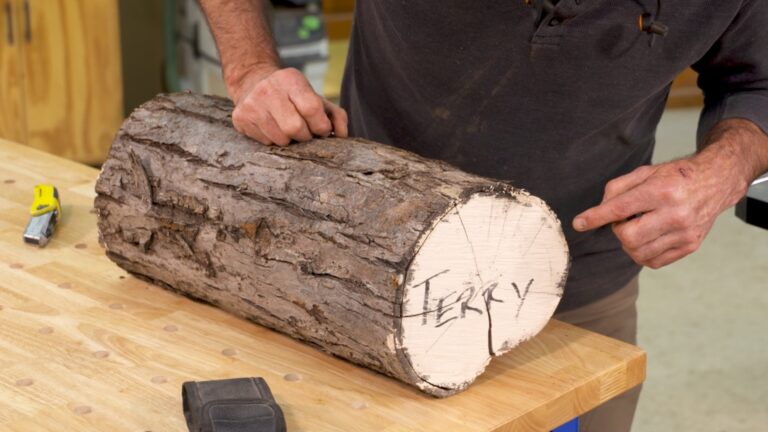
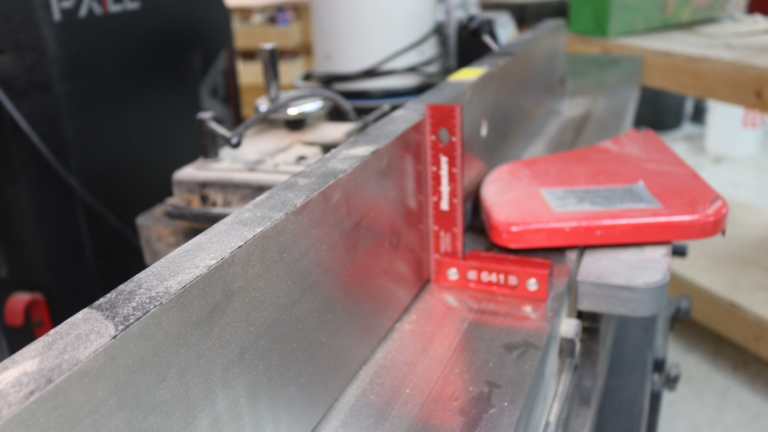
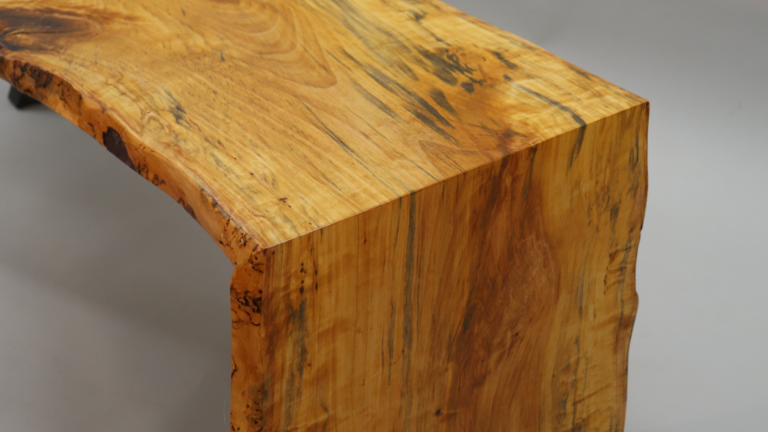
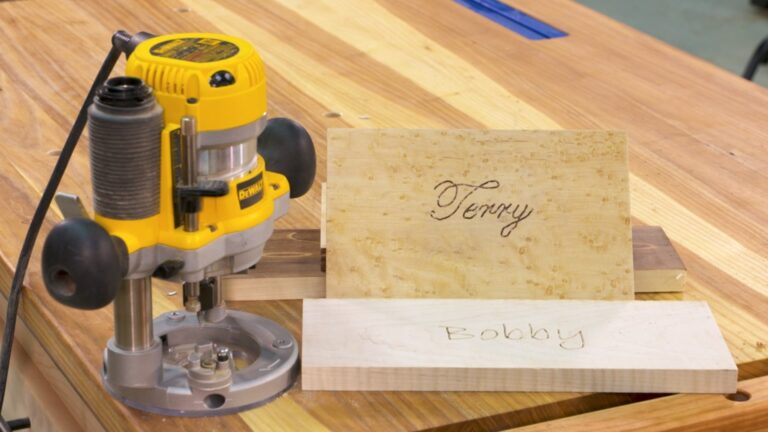

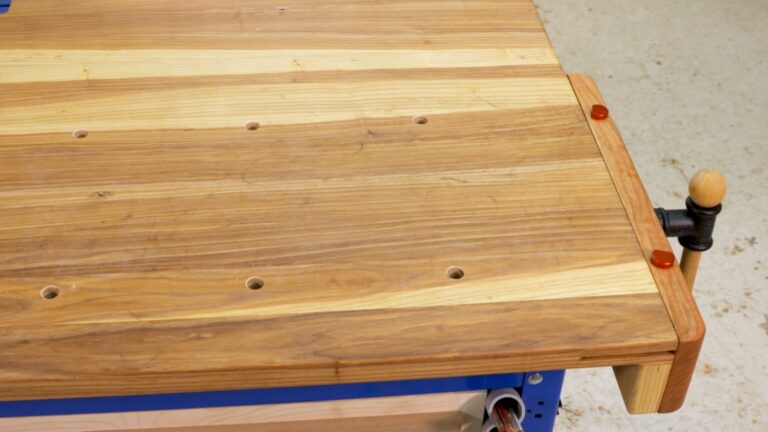
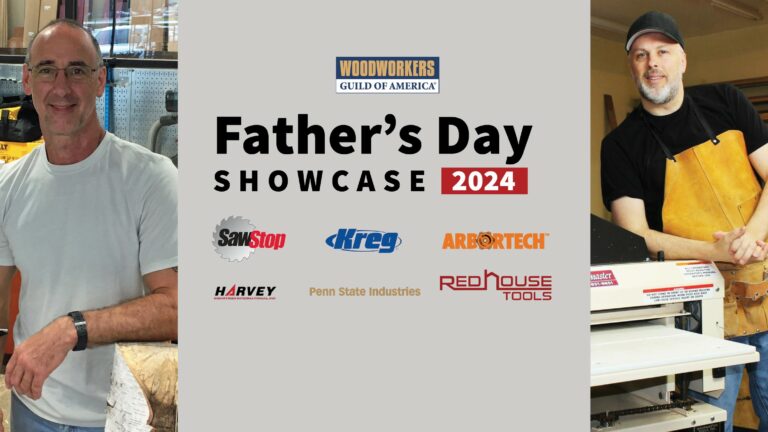
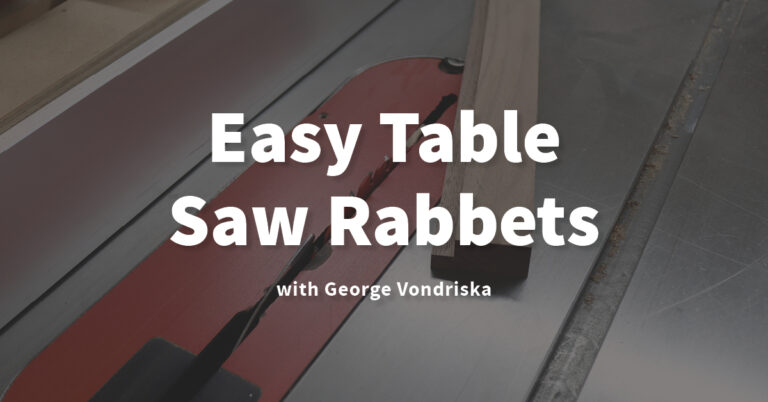
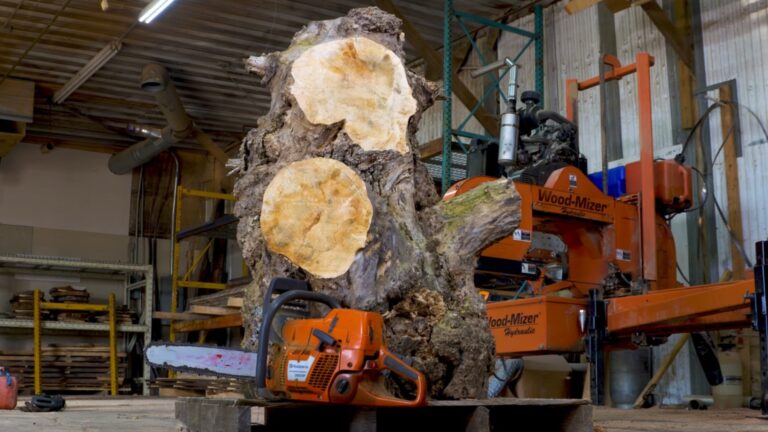


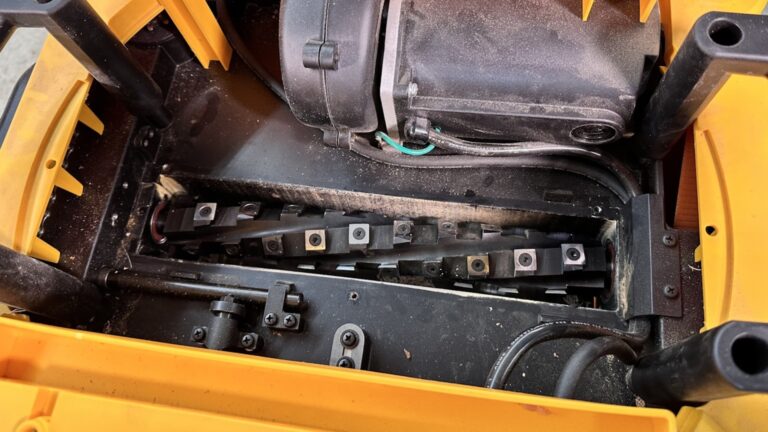
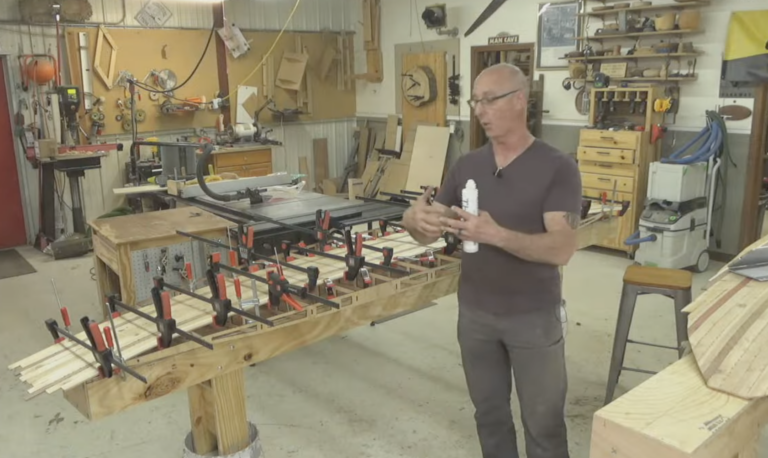
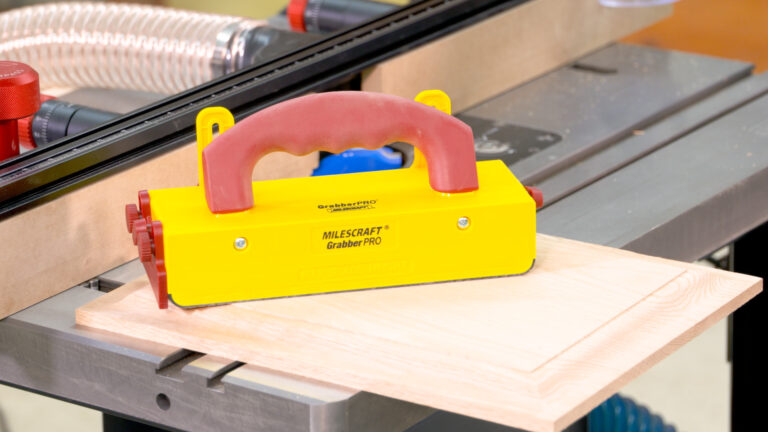
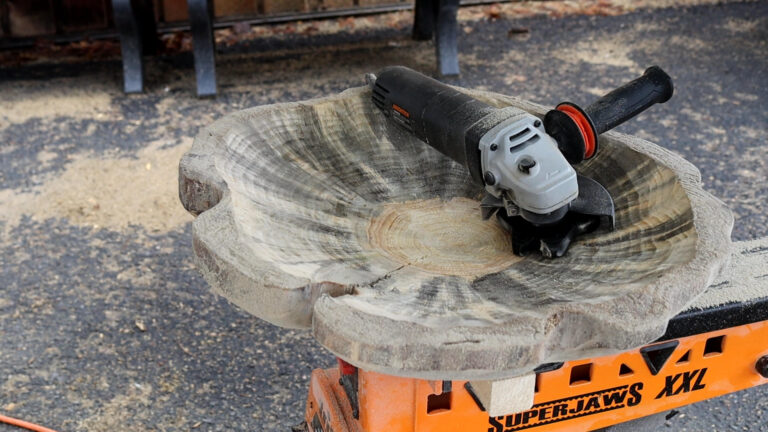
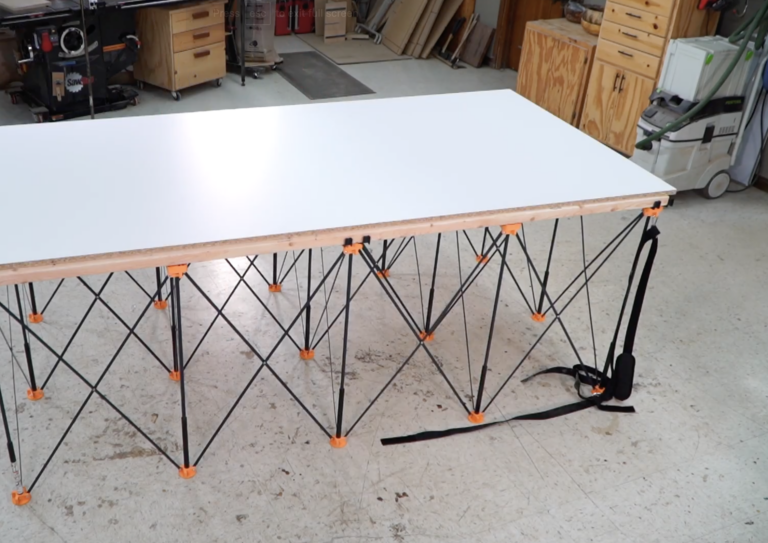
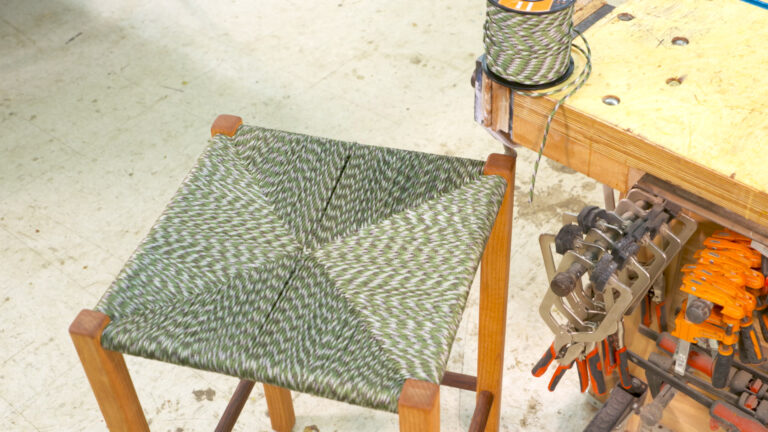
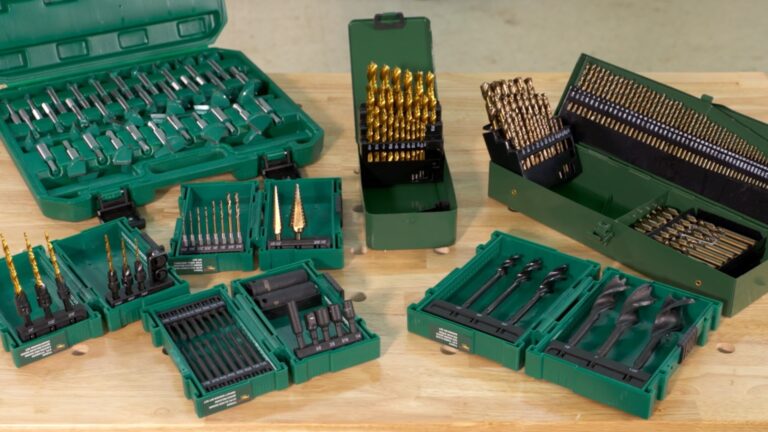
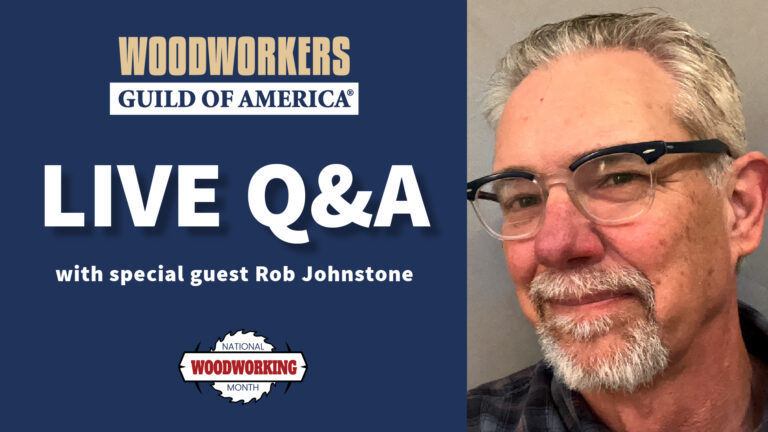
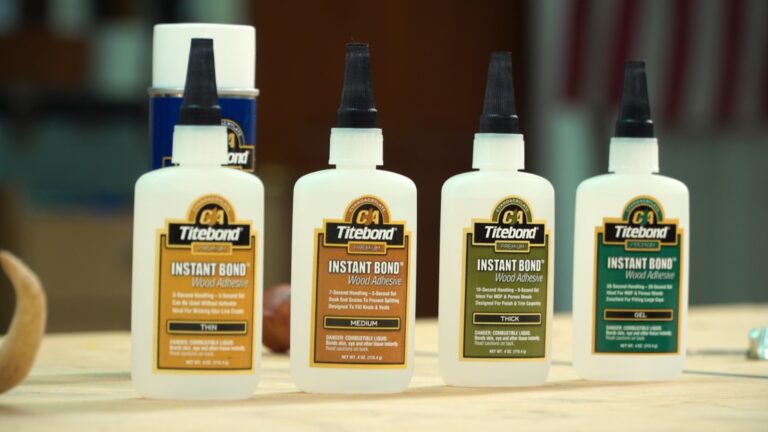
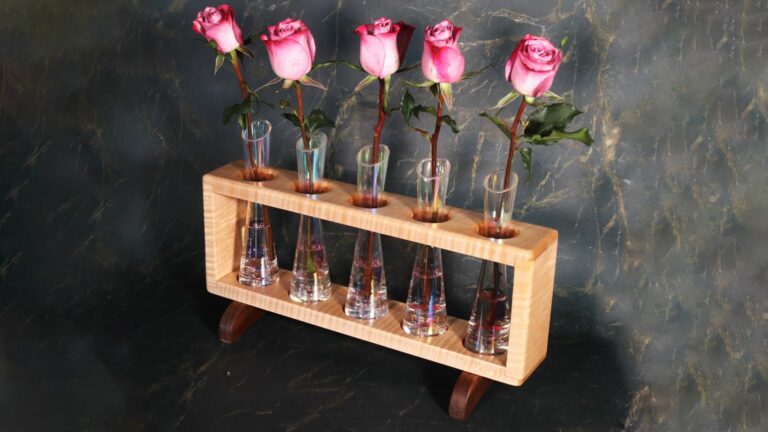
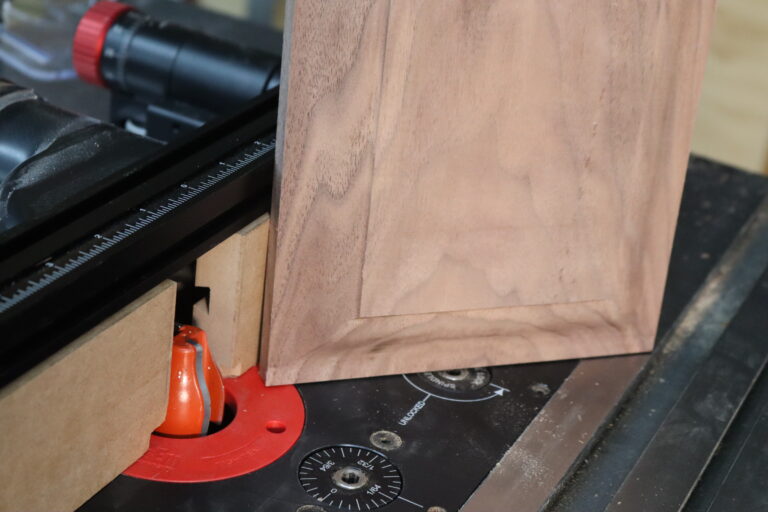
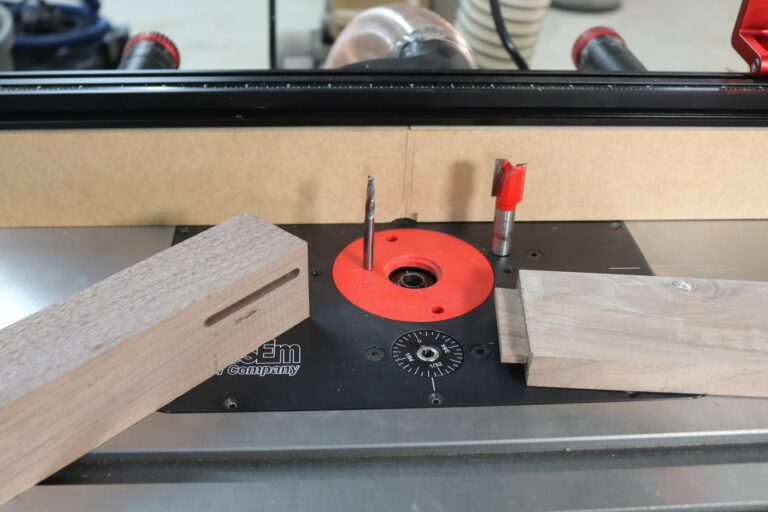
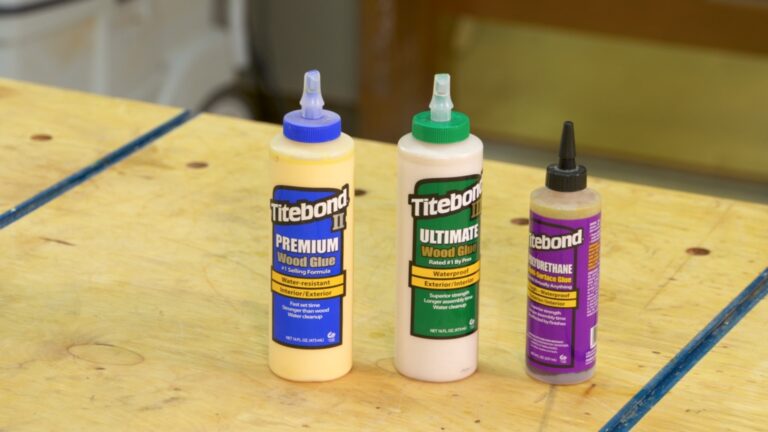
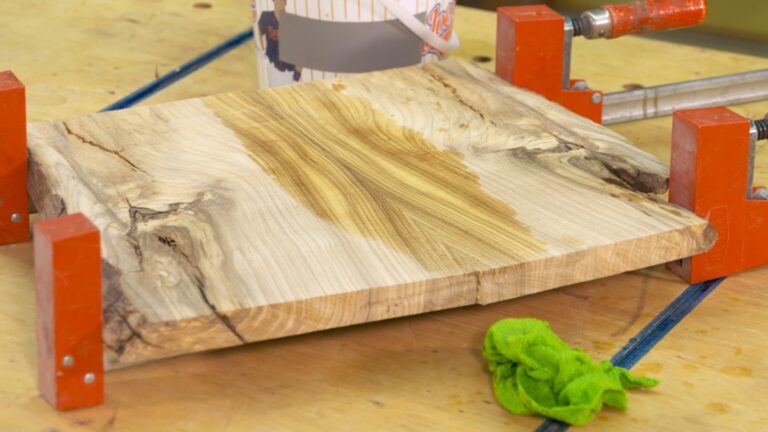
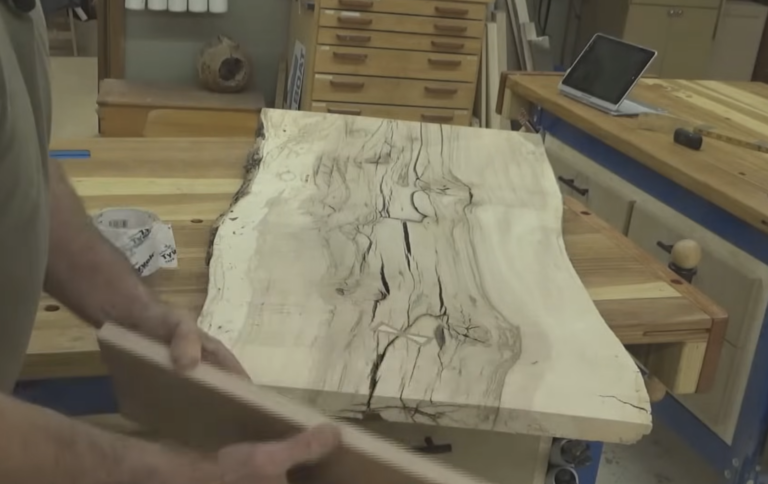
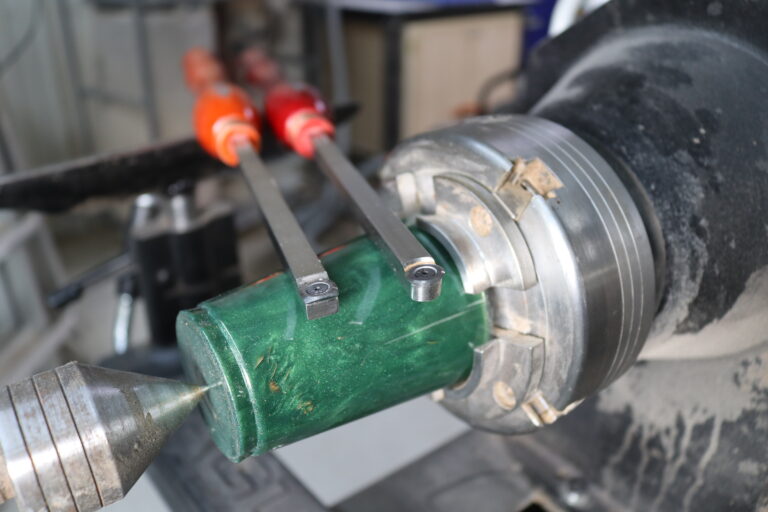
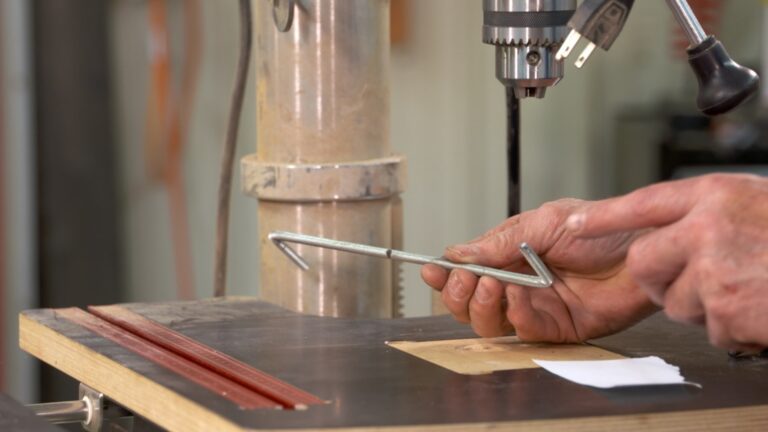
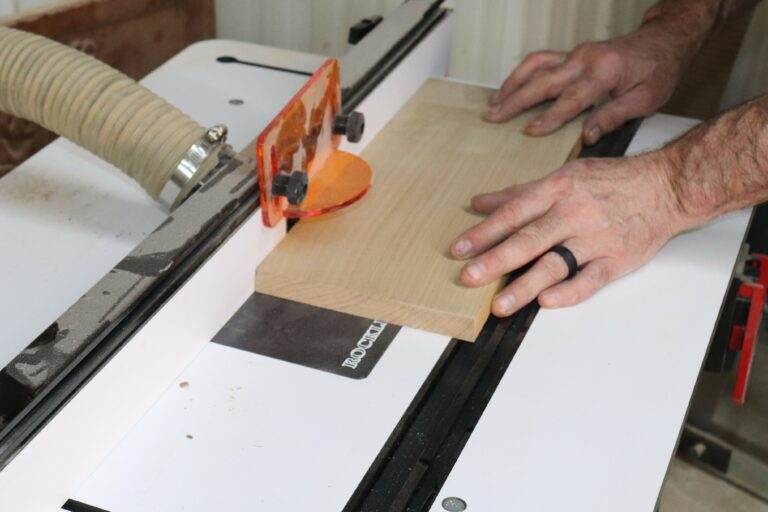
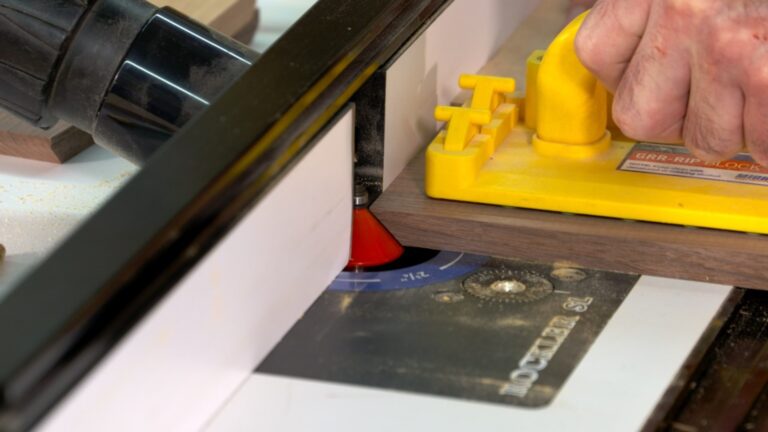
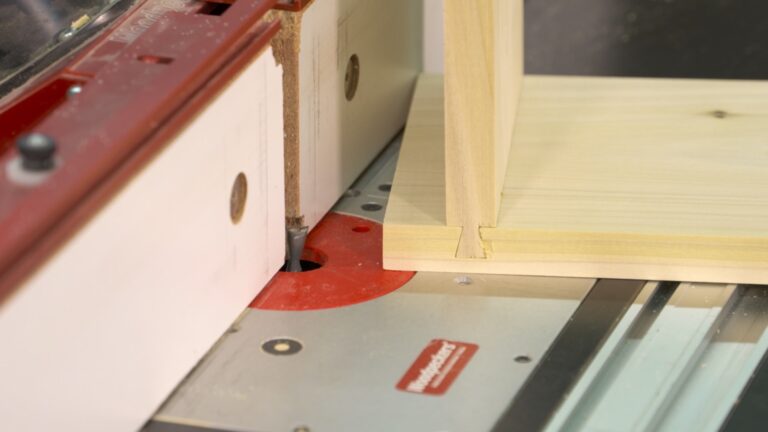
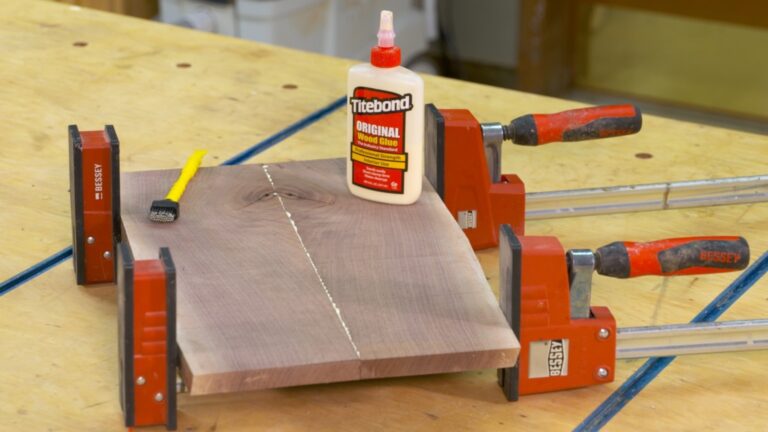
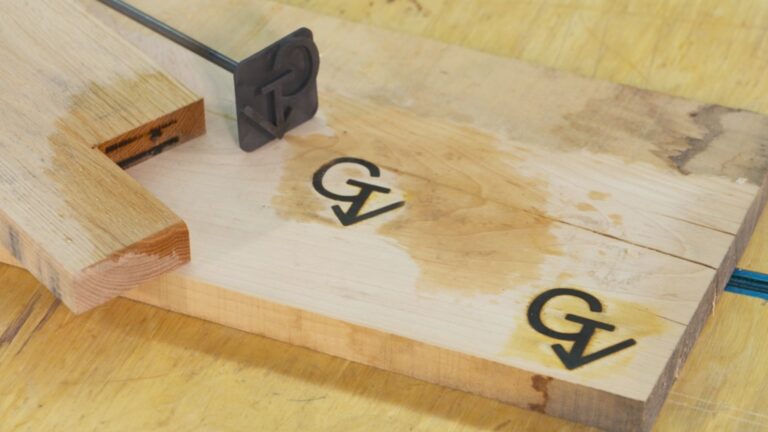
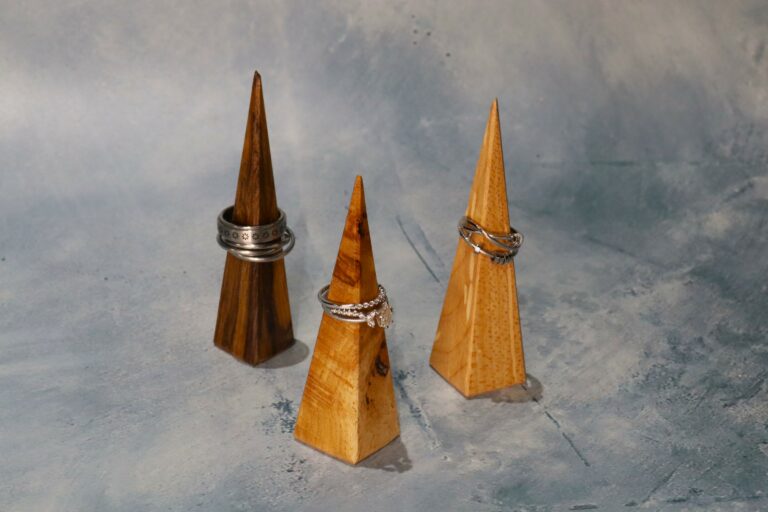
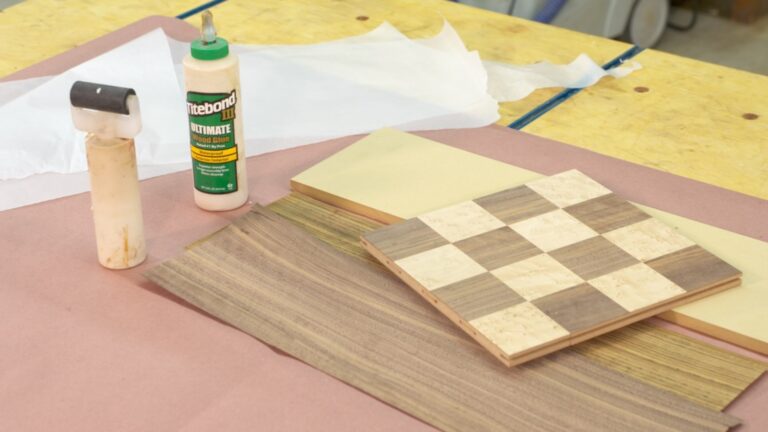
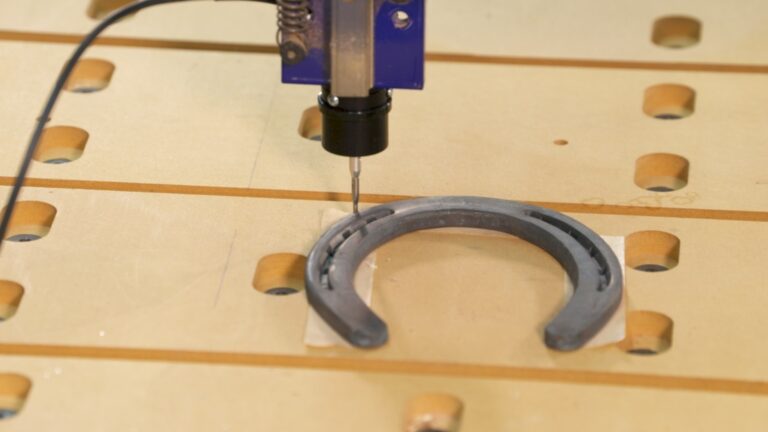
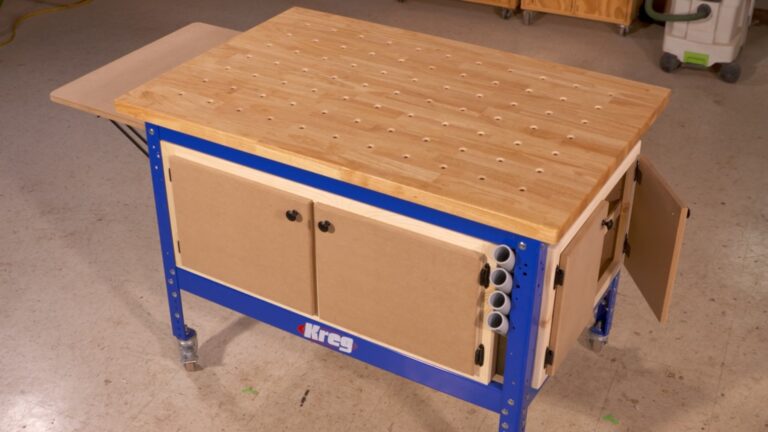

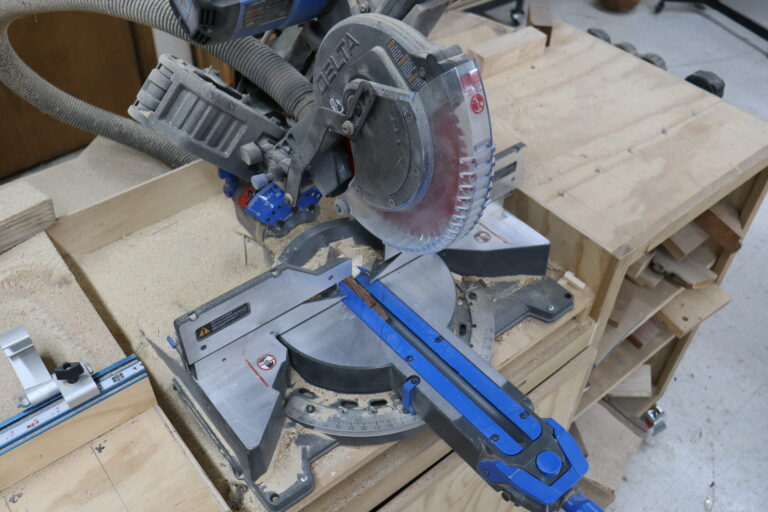
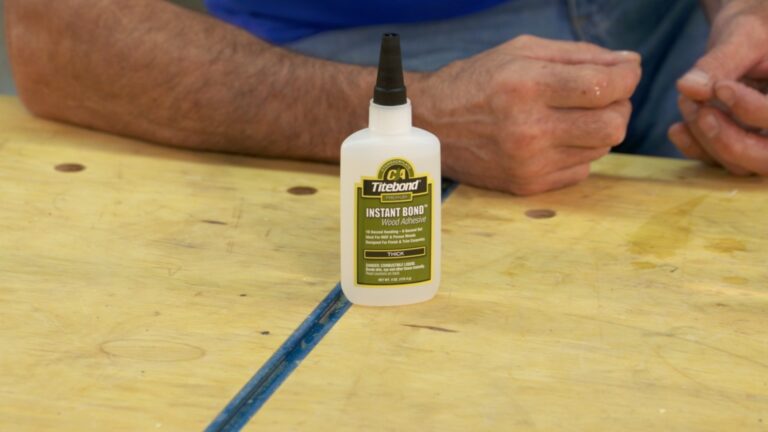
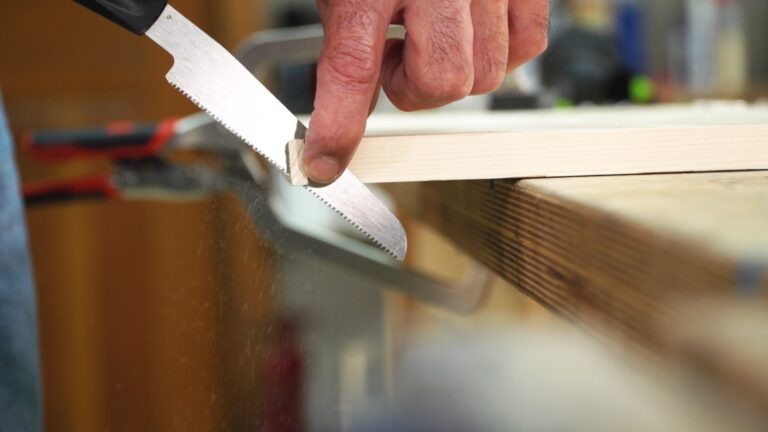
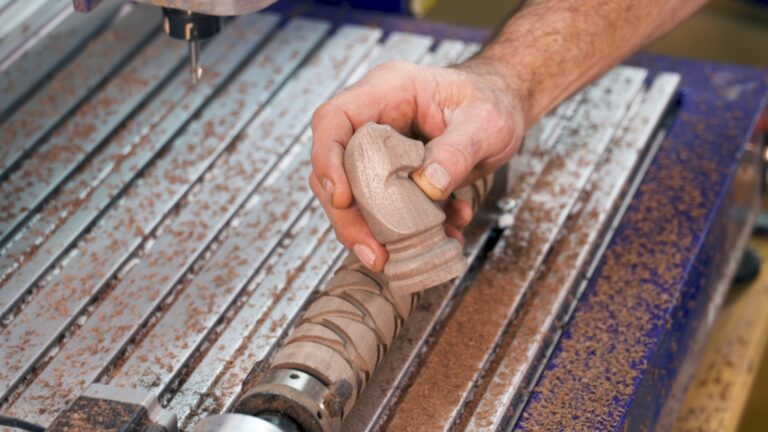
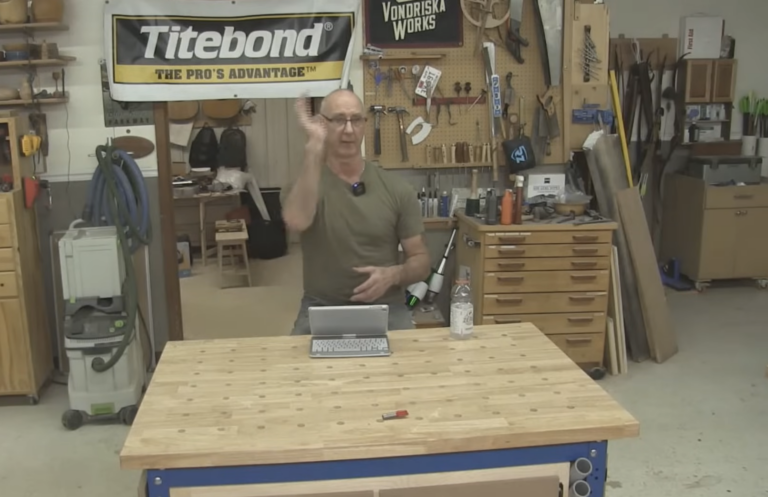
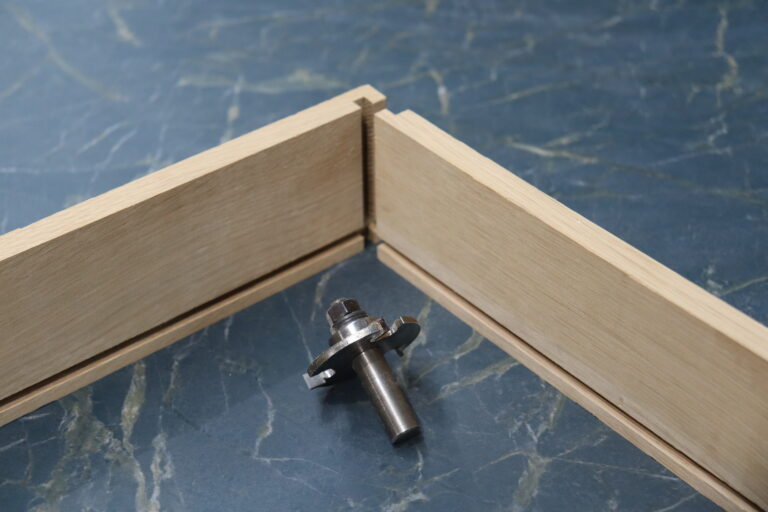
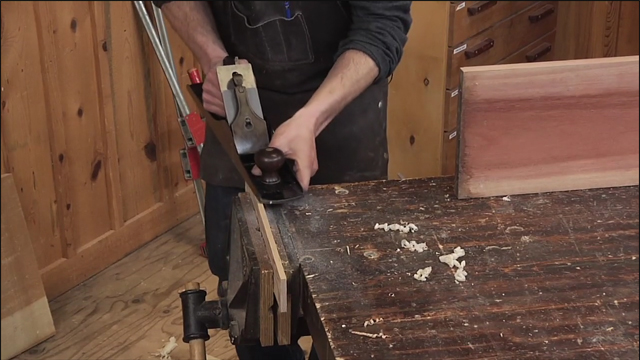
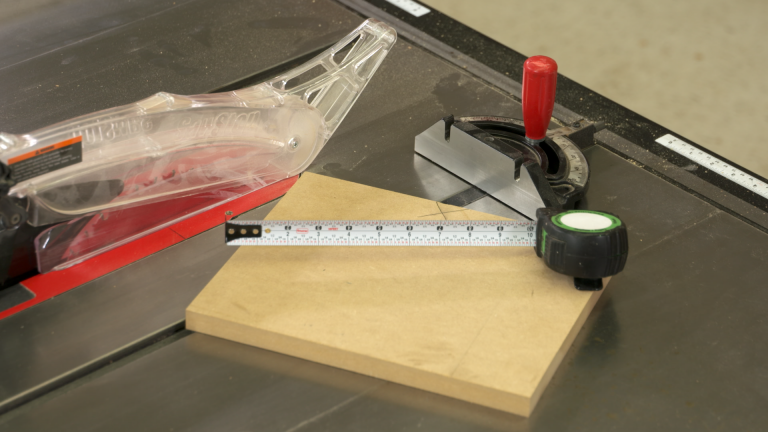
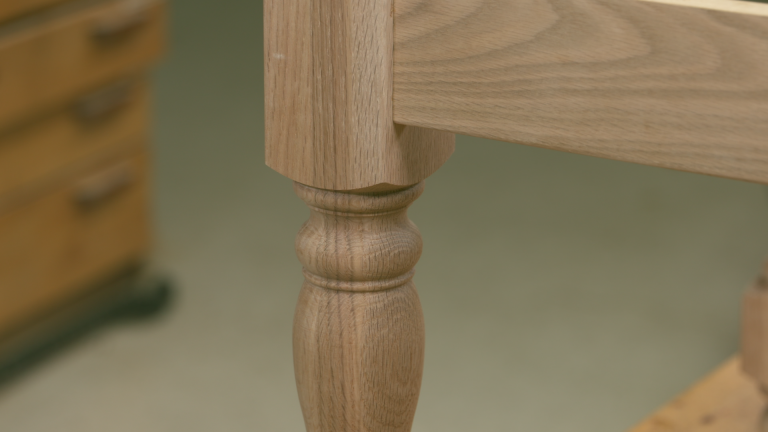
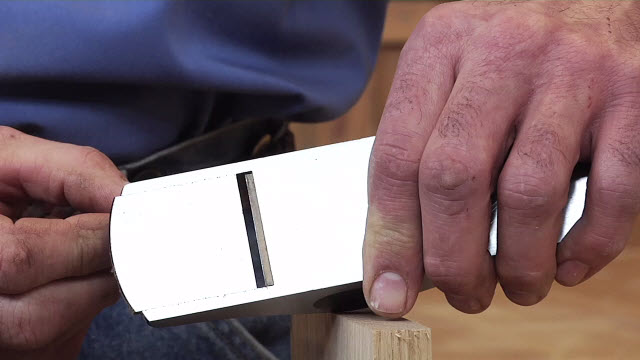
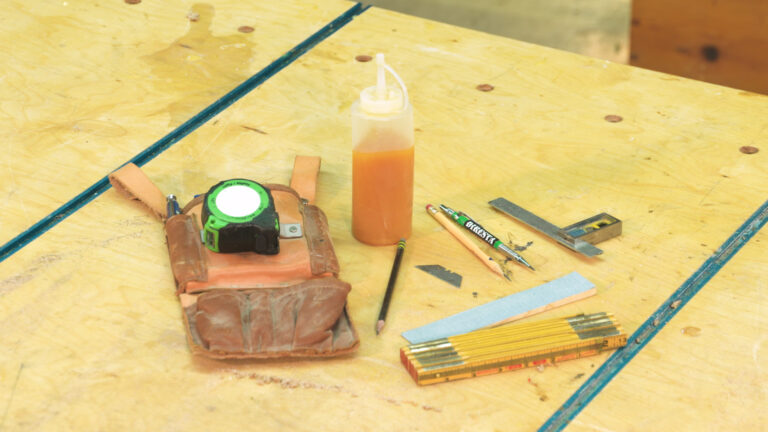
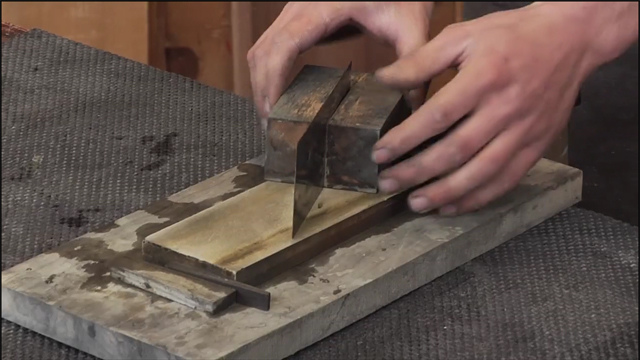
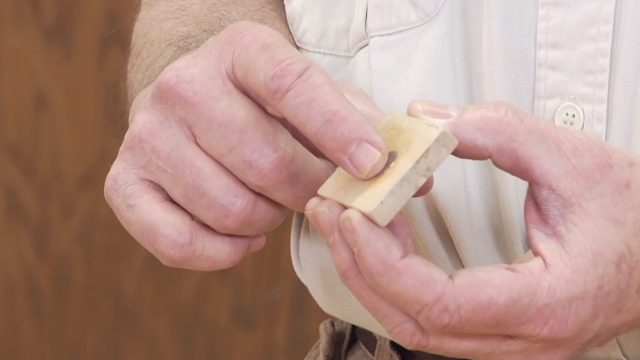
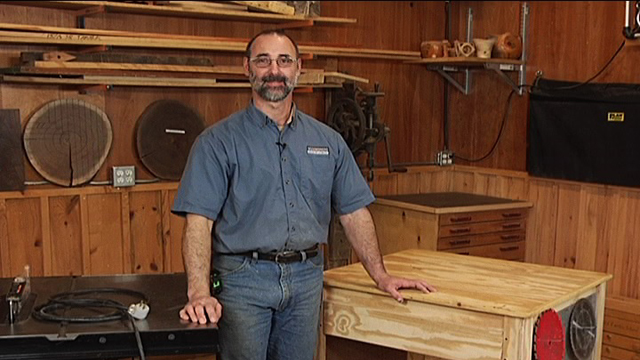
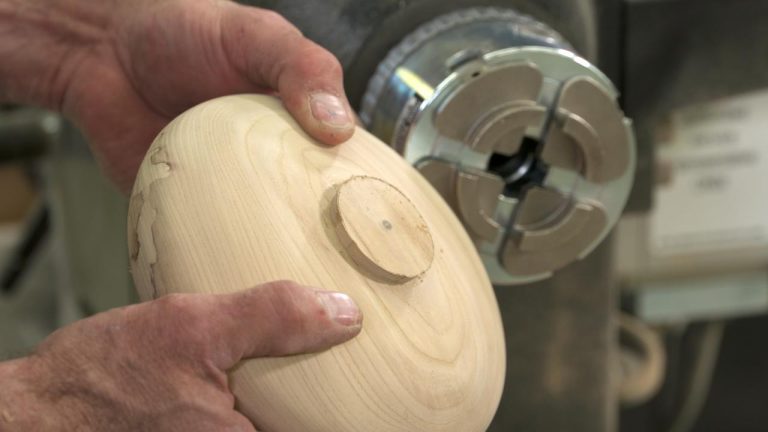
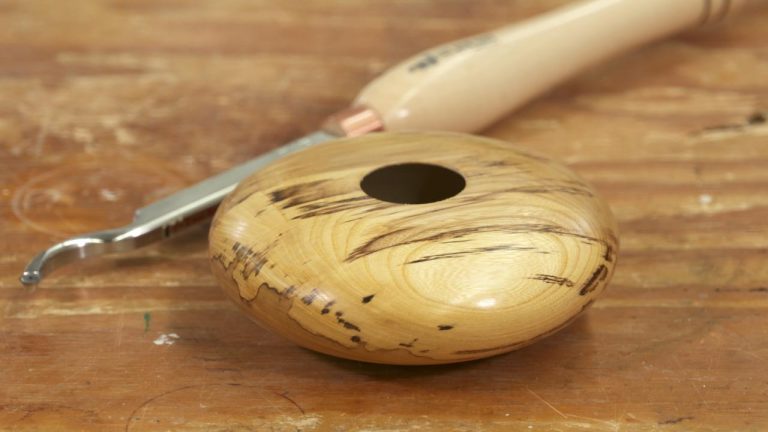
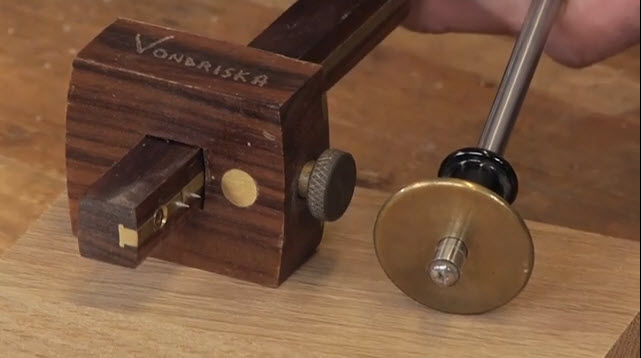
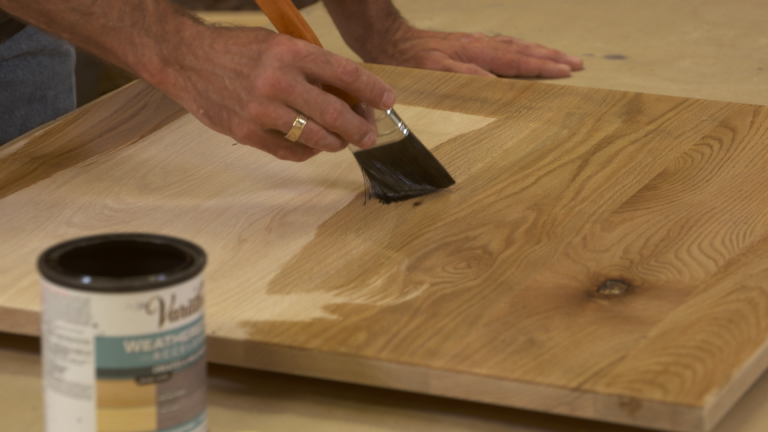
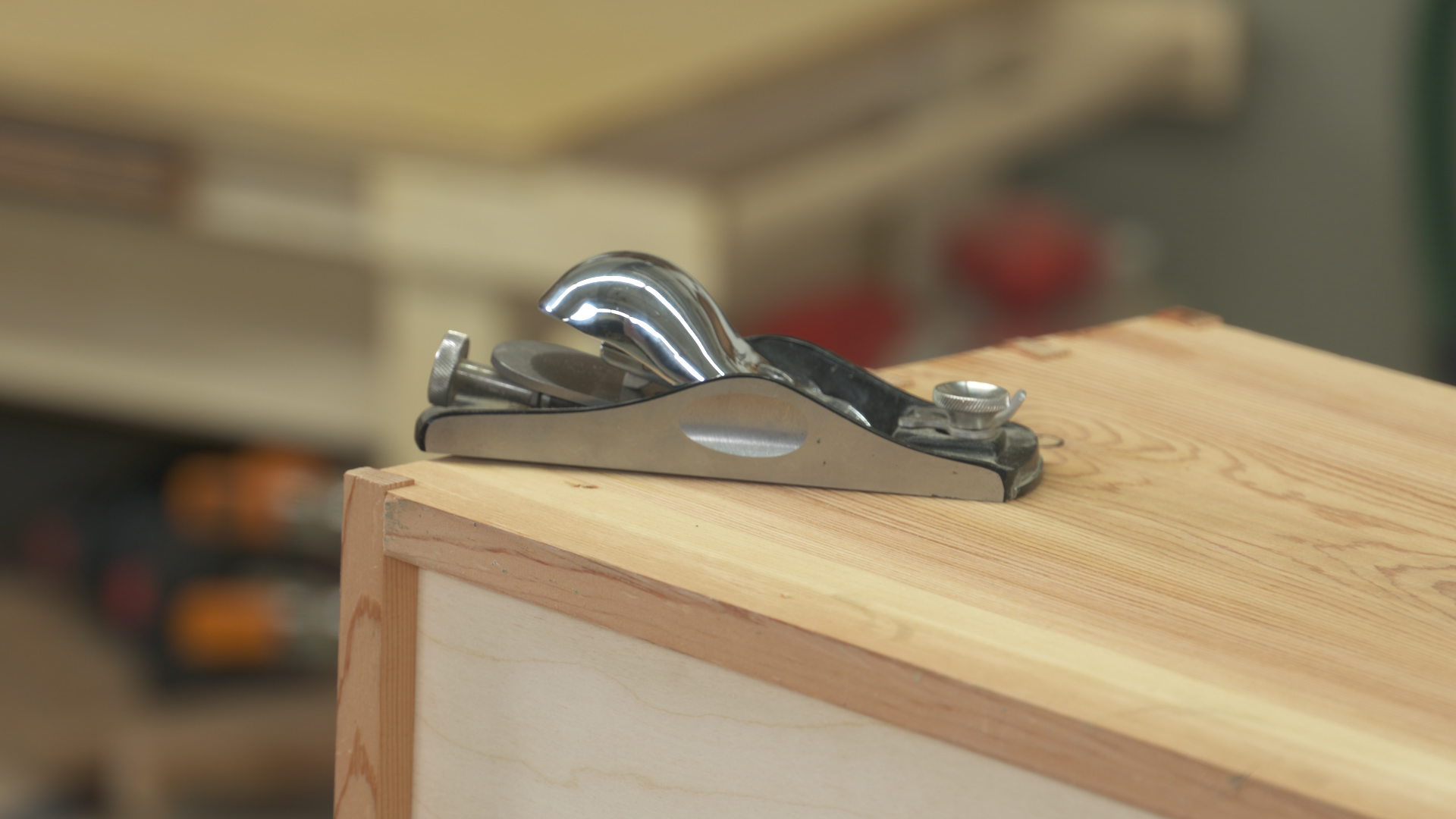
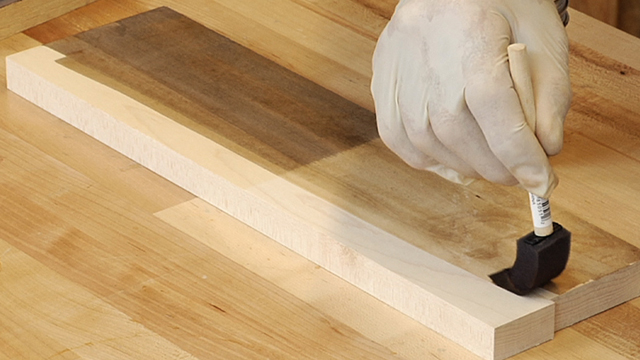
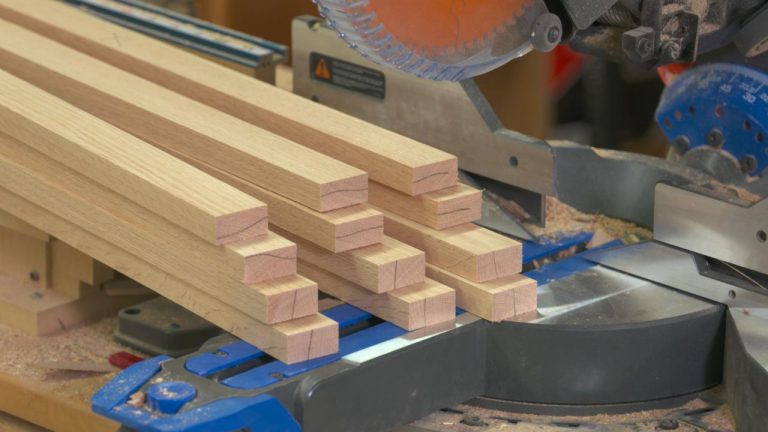
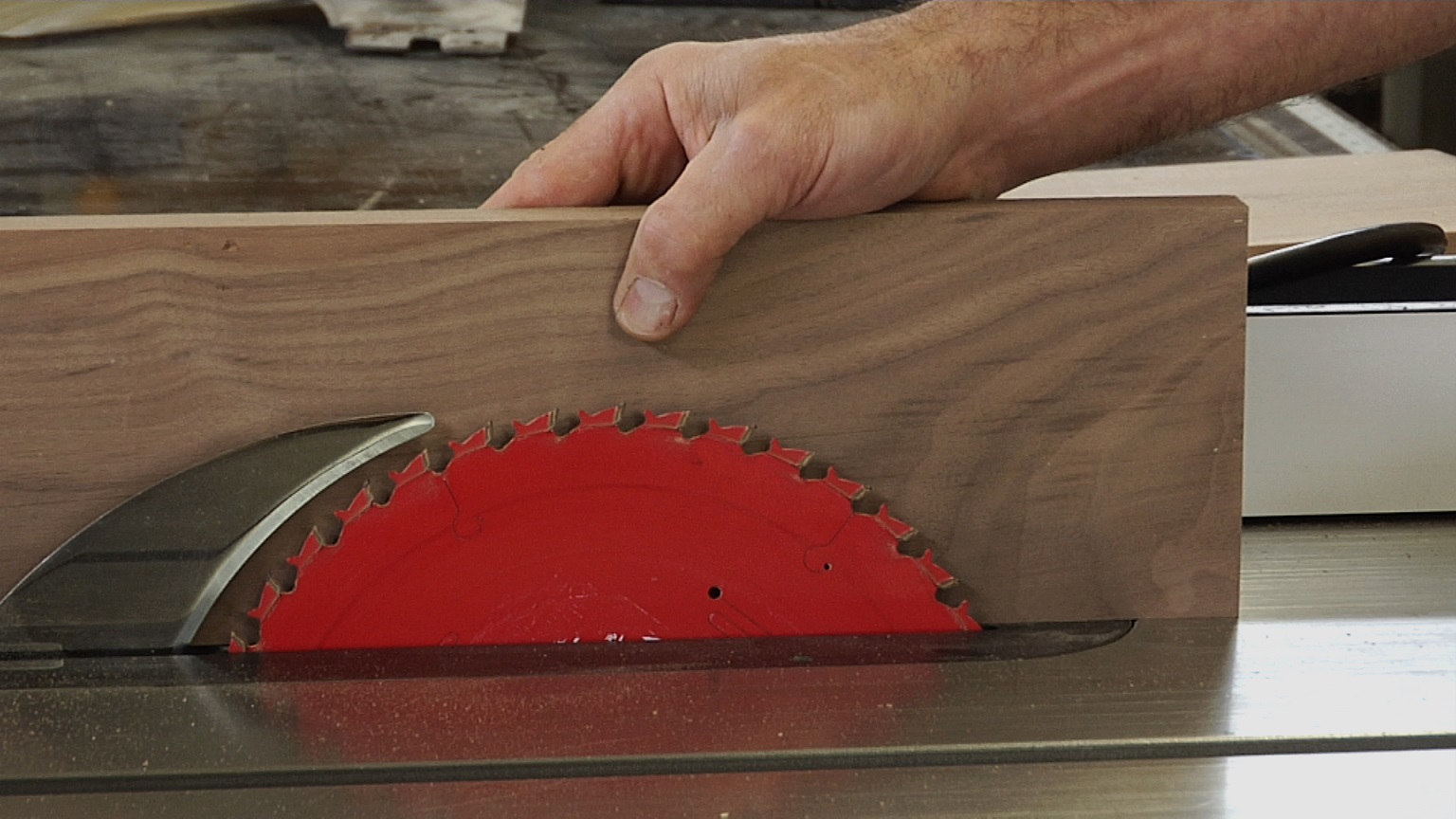
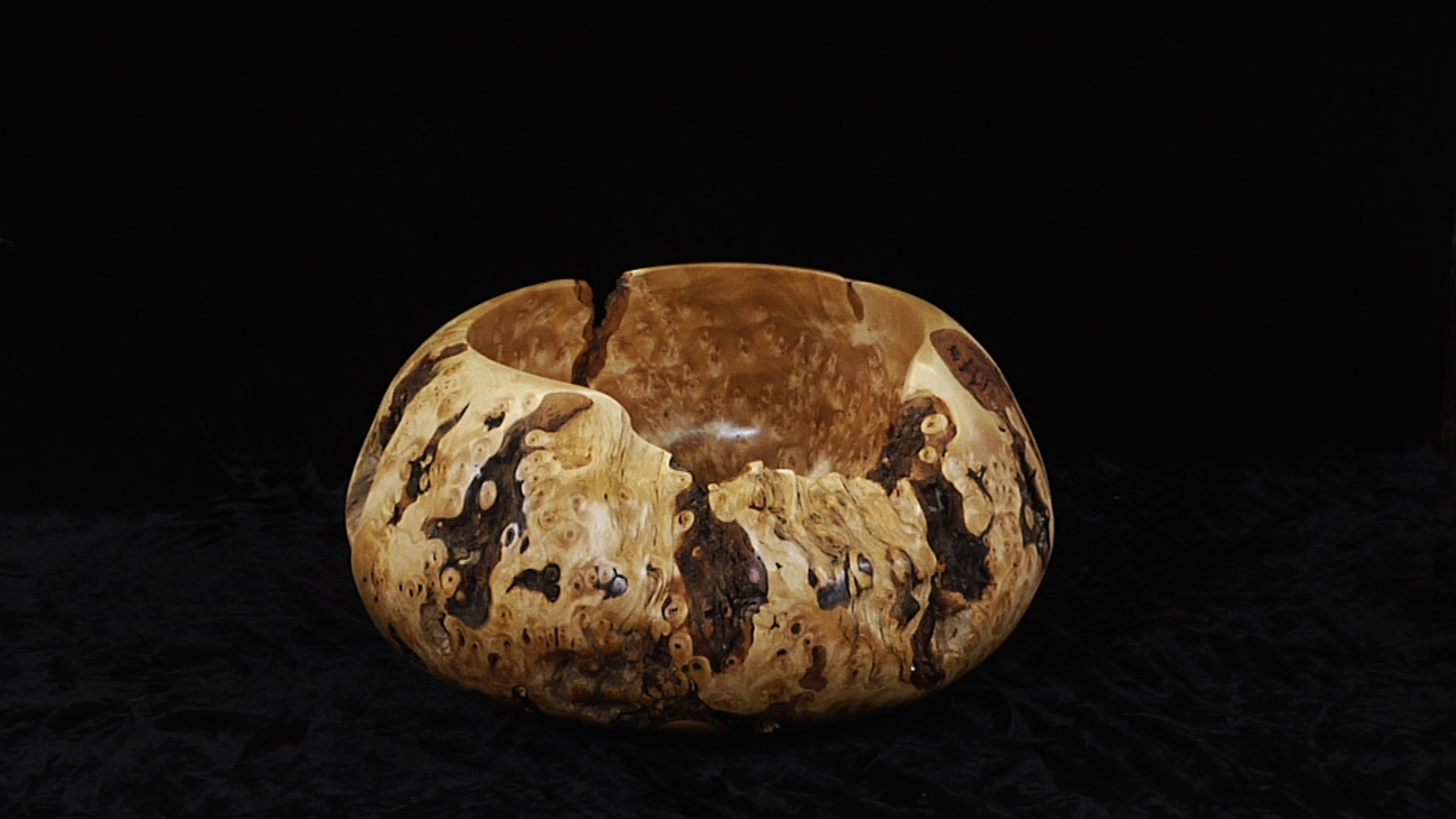
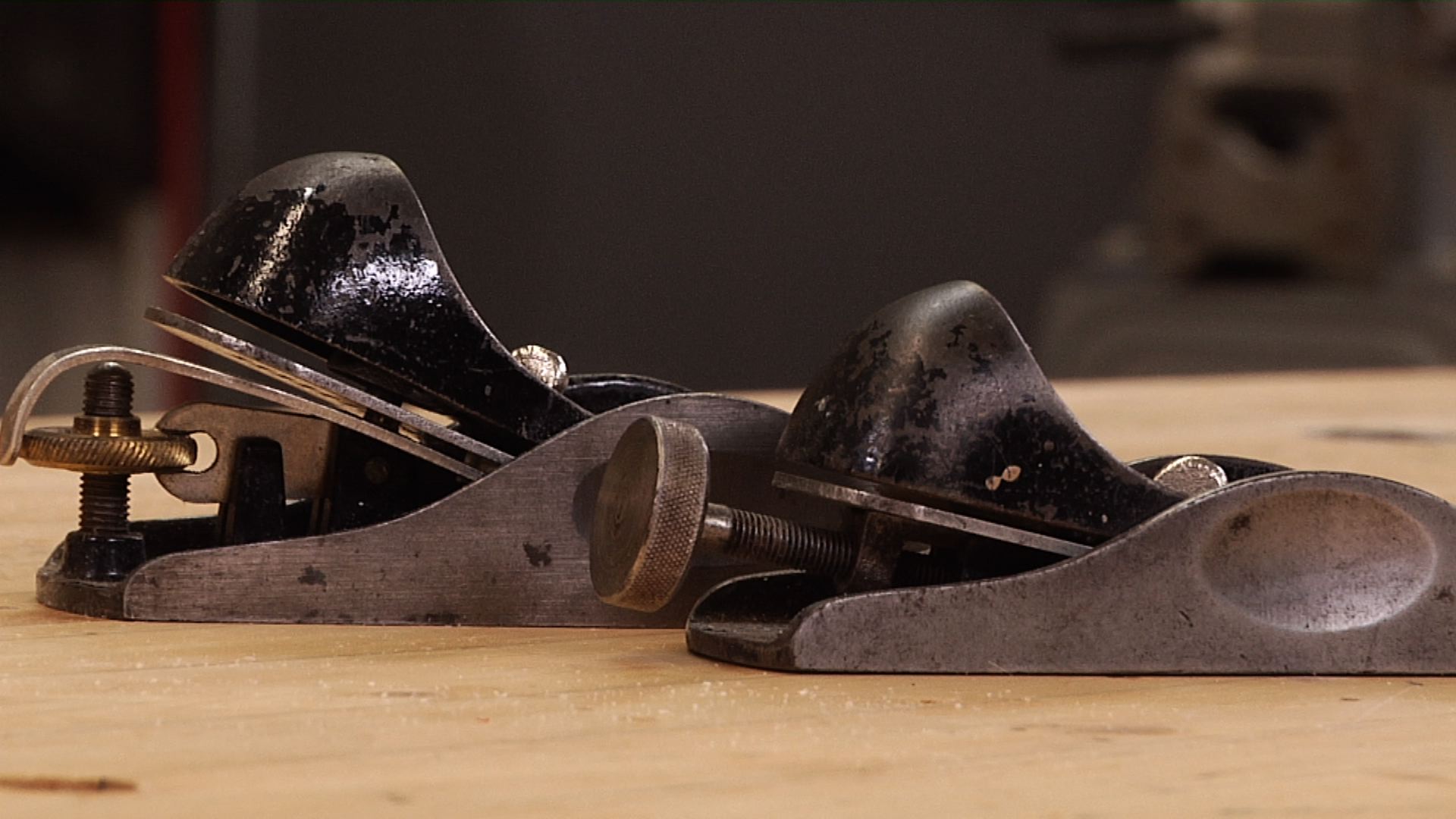
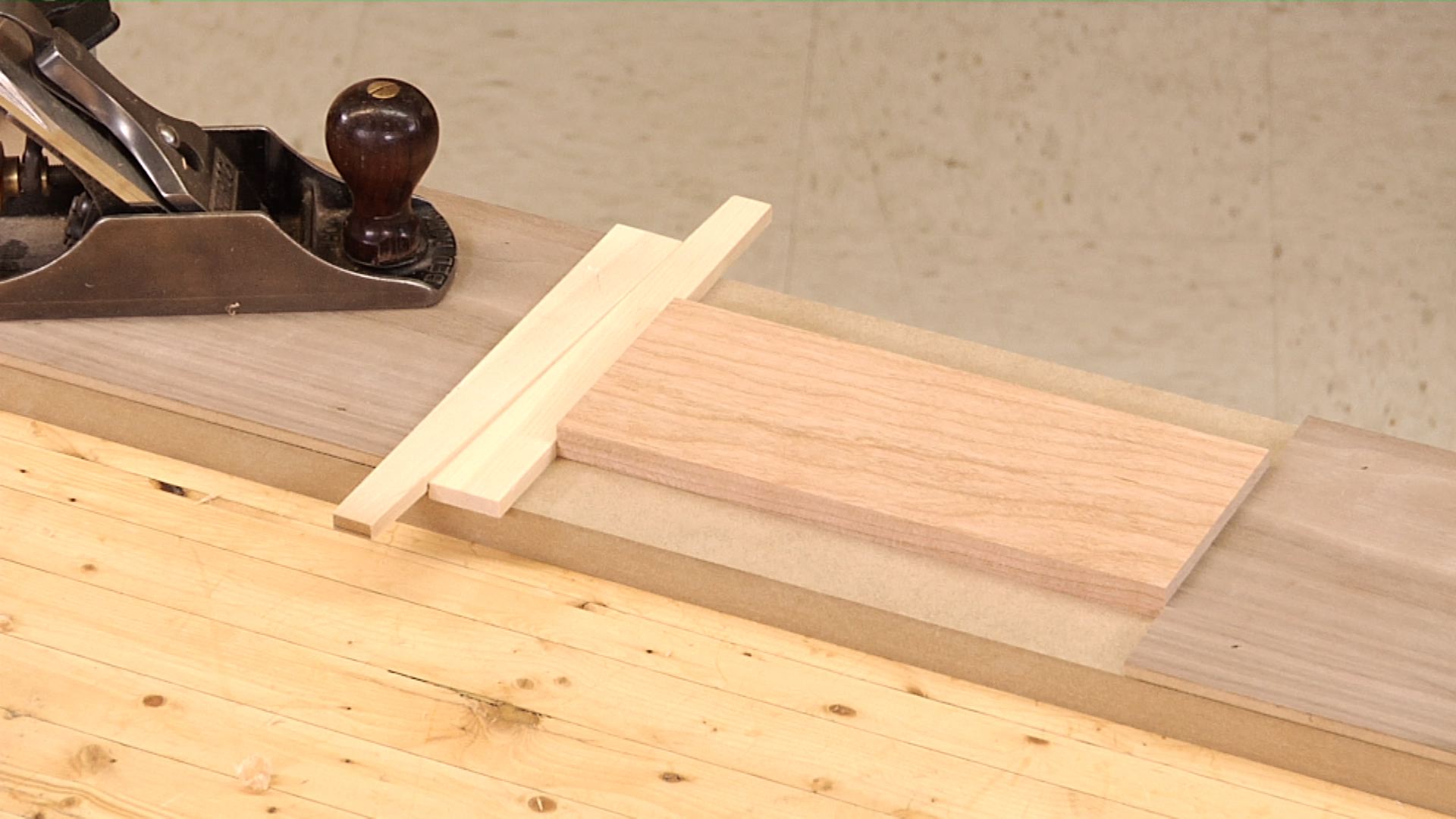
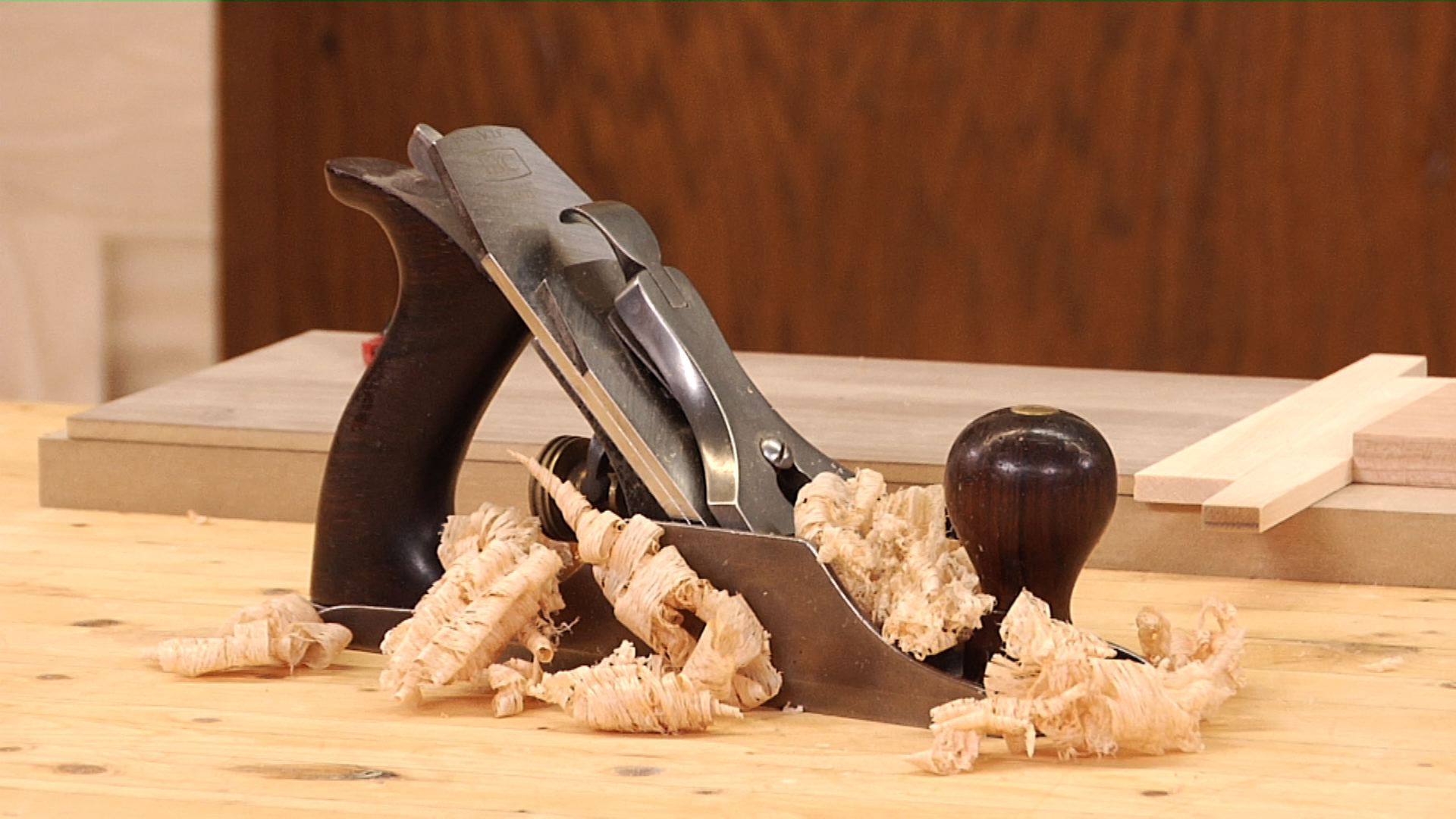
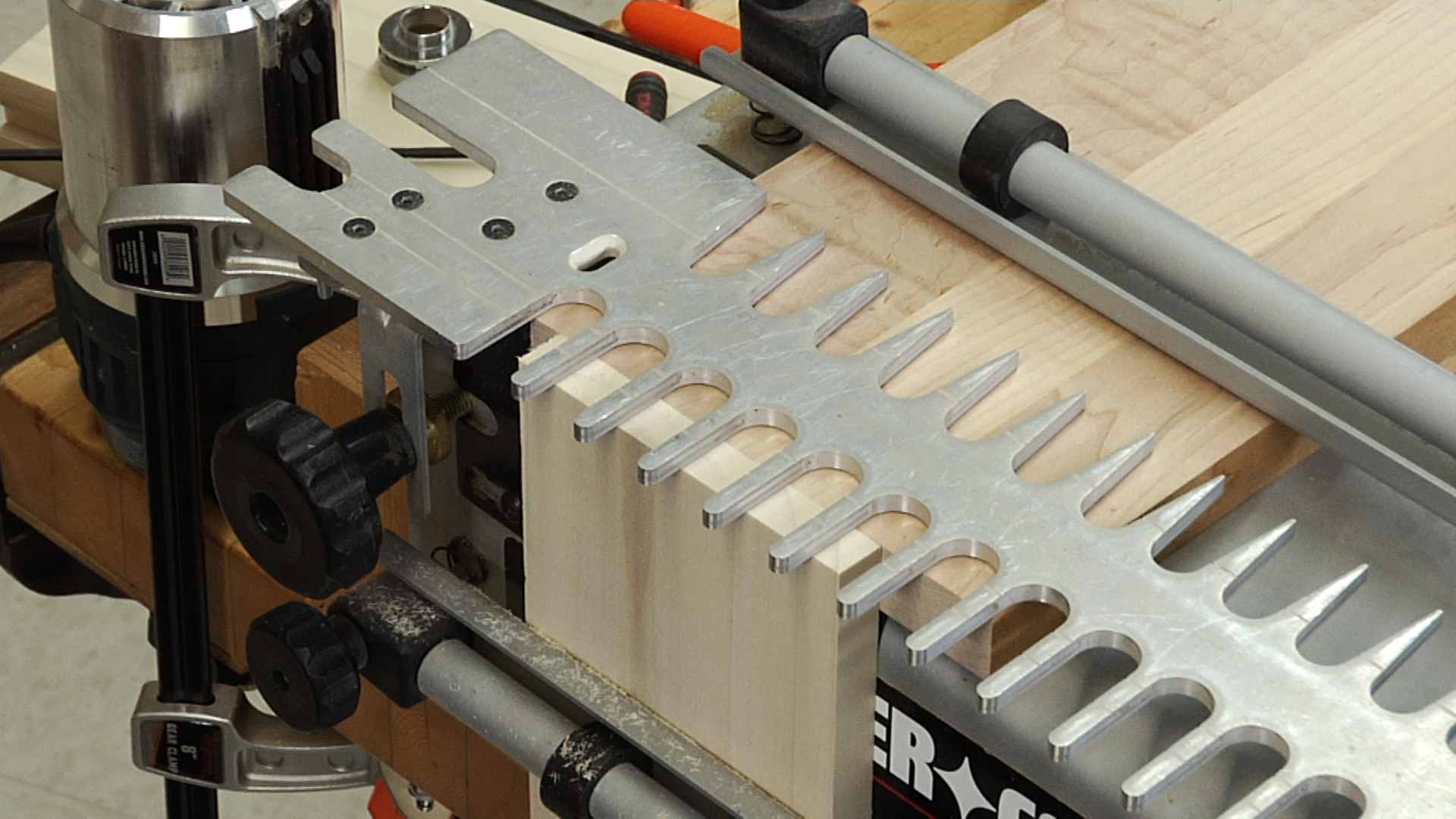
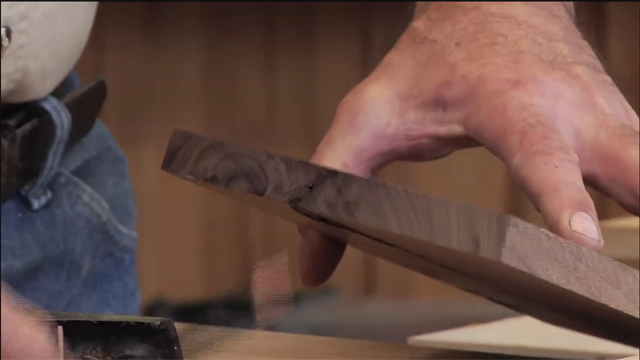
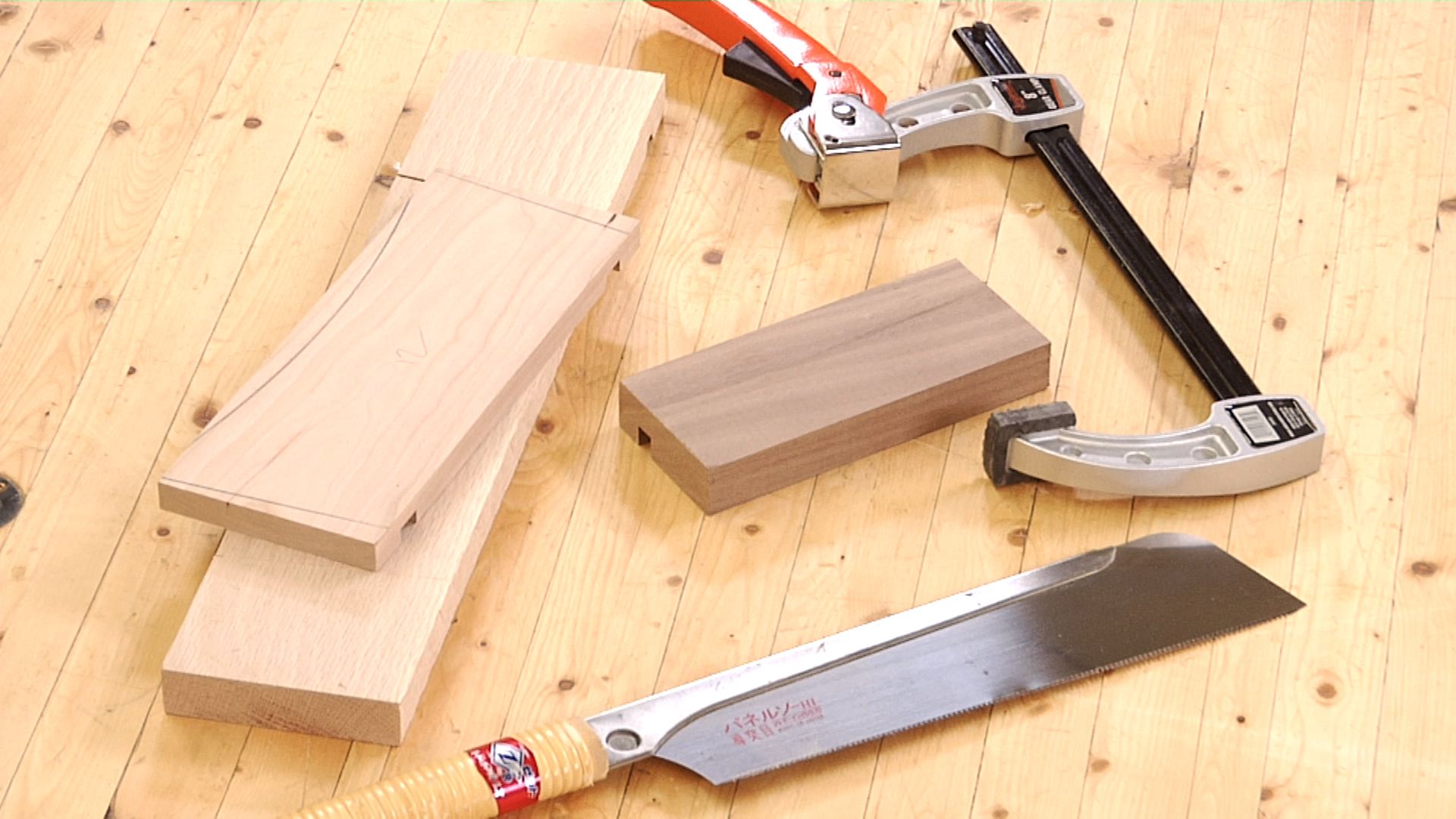
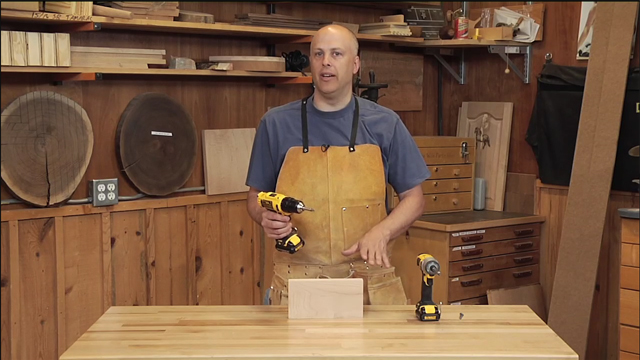
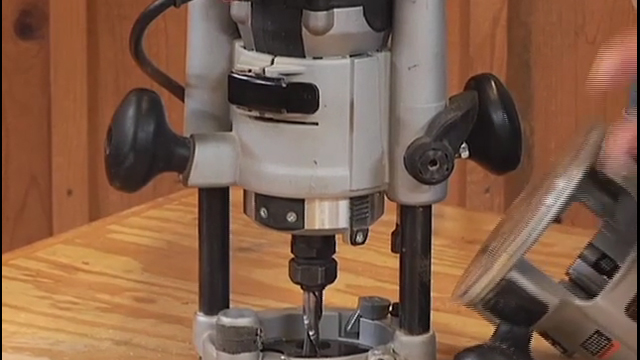
How about the main reason oh wise one, gives you an accurate measurement that doesn't change.
Hi, What benefit is there to a fixed square with known maximum runout, vs. combo squares? Is runout really a concern for most woodworking on squares of this size, or is it mostly advertising gimmickry? Thanks!
George, I noticed you seem to prefer using a wooden ruler rather than a metal tape measure. Why do you prefer the wooden one?